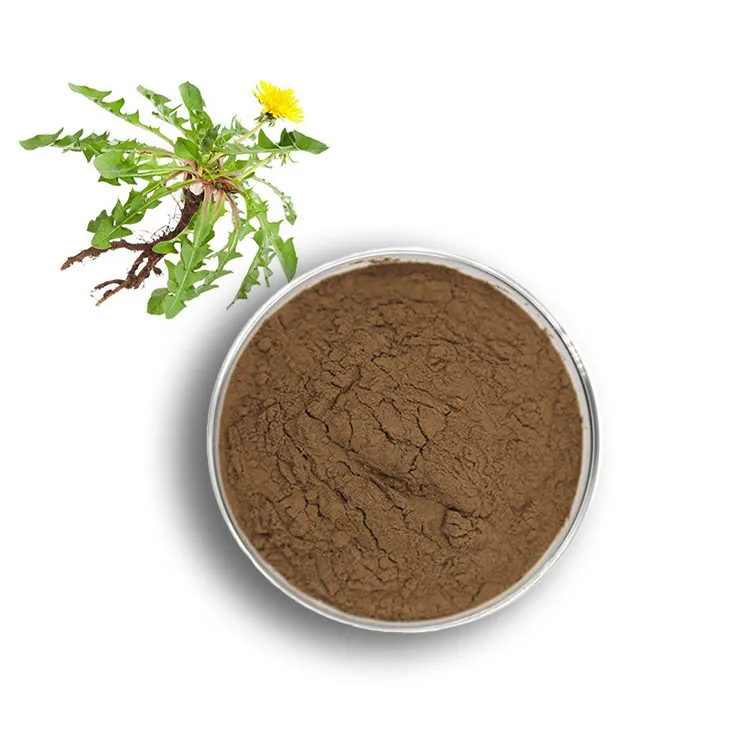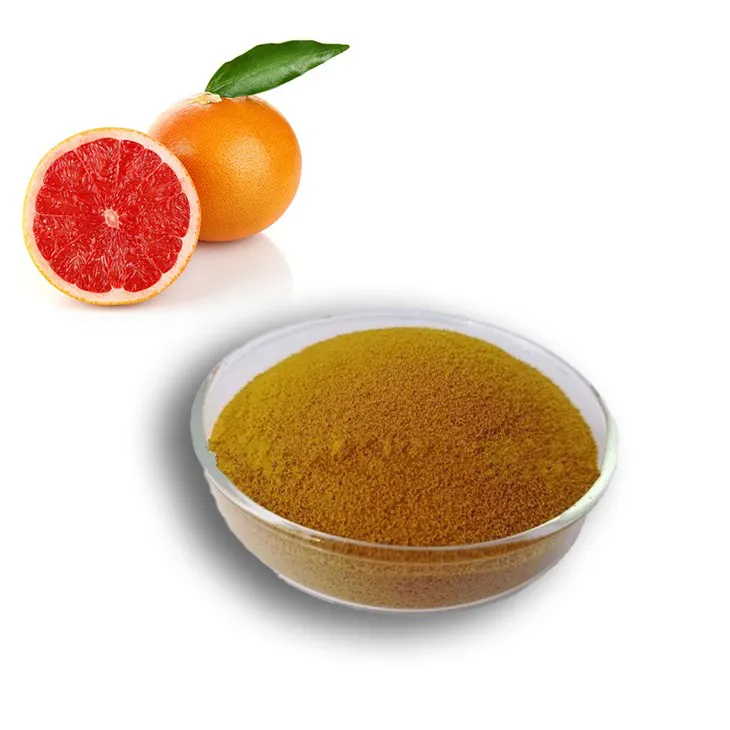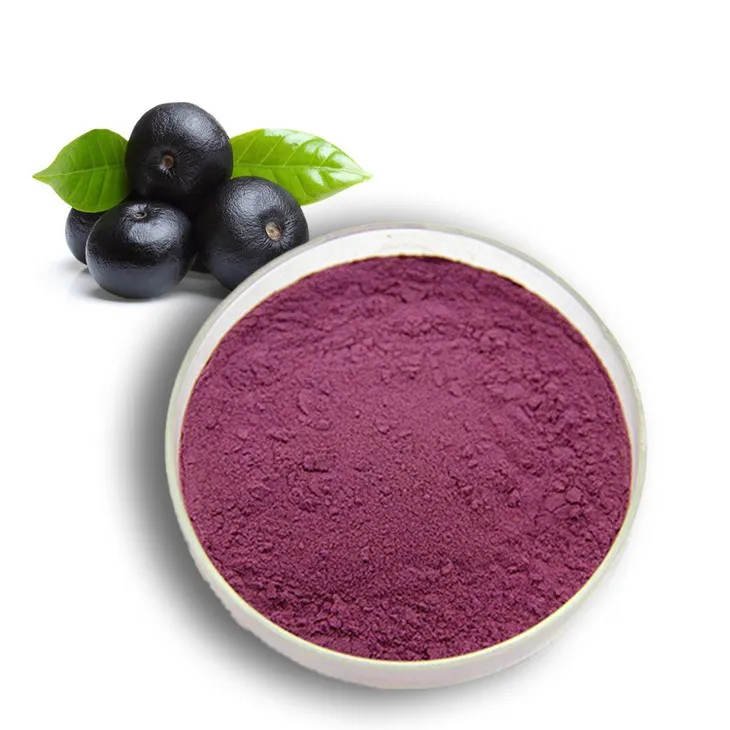- 0086-571-85302990
- sales@greenskybio.com
Do you reheat grape leaves?
2025-09-27
Grape leaves are a culinary delight embraced in various international cuisines, from Mediterranean dolmas to Middle Eastern warak enab. Their versatility and unique flavor profile make them a popular ingredient in dishes that are often enjoyed as appetizers or main courses. Whether stuffed with rice, meat, or a medley of vegetables and spices, grape leaves can be a labor of love to prepare. However, leftovers are common, raising the question: Is it appropriate to reheat grape leaves, and if so, how can one maintain their flavor and texture throughout the reheating process? This article explores the best practices for reheating grape leaves, ensuring culinary experiences remain delightful even when served a second time.
Understanding Grape Leaves in Culinary Tradition
Grape leaves, derived from the Vitis vinifera plant, have been utilized in traditional cooking for centuries. They are typically blanched or preserved in brine, providing a slightly tangy and earthy essence to dishes. Stuffed grape leaves, known by various names such as dolmas, dolmades, or yaprak sarma, comprise grape leaves filled with seasoned rice, nuts, meat, or pulses, with regional variations in seasoning and preparation.
These dishes symbolize culinary heritage and are often part of festive gatherings and family meals. Grape leaves' flexibility in accommodating various fillings and spices has earned them a beloved place in vegetarian and non-vegetarian menus alike.
The Appropriateness of Reheating Grape Leaves
When reheating grape leaves, considerations regarding flavor retention, texture, and food safety are paramount:
Preservation of Flavor and Texture: Proper reheating ensures the dish maintains its essential characteristics, such as flavor complexity and leaf tenderness. Grape leaves can become tough or lose their moisture if not reheated optimally.
Food Safety: Reheating ensures food safety by bringing dishes to the appropriate temperature, minimizing the risk of foodborne illnesses that may arise from improper storage or reheating.
Convenience and Sustainability: Reheating grape leaves allows for the enjoyment of leftovers, minimizing waste and promoting sustainable practices in the kitchen.
Methods of Reheating Grape Leaves
The method chosen for reheating grape leaves can greatly influence the final outcome. Here are several suggested approaches, including considerations for maintaining quality:
Stovetop Method
The stovetop method offers a gentle, steady heat that can help maintain dish integrity:
Step 1: Use a wide saucepan or skillet to provide enough space for the grape leaves without overcrowding. Add a small amount of liquid, such as broth or water, covering the base.
Step 2: Arrange the grape leaves in a single layer within the pan, ensuring they do not overlap excessively.
Step 3: Cover the pan with a lid and warm over low heat to allow steam to circulate. Heat for 5-10 minutes, or until thoroughly warmed.
Step 4: Check occasionally to prevent overcooking or drying out. Adding extra liquid as needed can help retain moisture.
Oven Method
The oven method is ideal for reheating larger quantities while ensuring even heat distribution:
Step 1: Preheat the oven to a moderate temperature, approximately 300°F (150°C).
Step 2: Arrange grape leaves in a single layer in an oven-safe dish. Add a splash of liquid, such as broth or water, to prevent drying.
Step 3: Cover the dish with a tight-fitting lid or foil to trap steam.
Step 4: Heat for 15-20 minutes, until warmed throughout, checking for moisture content to prevent drying.
Microwave Method
For quick reheating with minimal effort, a microwave can be used:
Step 1: Place grape leaves on a microwave-safe plate, ensuring none overlap too closely.
Step 2: Add a tablespoon of broth or water to maintain moisture.
Step 3: Cover with a microwave-safe wrap, leaving a small gap for steam to vent.
Step 4: Microwave on medium power in short intervals (30 seconds to 1 minute), checking between intervals until evenly heated.
Additional Tips for Reheating Success
Do Not Overheat: Overheating can cause grape leaves to become tough and diminish their subtle flavors. Gentle heating and moisture control are essential to preserving quality.
Avoid Drying: Always include a small amount of liquid in the reheating process to maintain leaf tenderness and filling moisture.
Store Properly: Store leftovers in airtight containers in the refrigerator. Consume within 3-4 days to ensure freshness and quality.
Consider the Filling: Different fillings may affect reheating outcomes. For example, rice-based fillings should remain moist, while meat-based fillings require thorough heating to a safe temperature.
Test for Doneness: Before serving, test several grape leaves to ensure the center of the filling is hot and the leaf is tender.
Conclusion
Reheating grape leaves allows for continued enjoyment of their complex flavors and satisfying textures. Whether utilizing stovetop, oven, or microwave methods, the key to successful reheating lies in the balance of heat and moisture, preserving both flavor and quality. As a staple in various cultural cuisines, grape leaves extend culinary enjoyment and sustainability when reheated effectively, ensuring each serving delivers a delightful taste of tradition and craftsmanship. By implementing thoughtful reheating techniques, one can continue to savor the delicious legacy of these cherished dishes.
Green Sky Bio provides the best extracts and supplements. It is a Chinese self-developed brand that is trustworthy! Welcome to email us to inquire about our products.
- ▶ Hesperidin
- ▶ Citrus Bioflavonoids
- ▶ Plant Extract
- ▶ lycopene
- ▶ Diosmin
- ▶ Grape seed extract
- ▶ Sea buckthorn Juice Powder
- ▶ Fruit Juice Powder
- ▶ Hops Extract
- ▶ Artichoke Extract
- ▶ Mushroom extract
- ▶ Astaxanthin
- ▶ Green Tea Extract
- ▶ Curcumin
- ▶ Horse Chestnut Extract
- ▶ Other Product
- ▶ Boswellia Serrata Extract
- ▶ Resveratrol
- ▶ Marigold Extract
- ▶ Grape Leaf Extract
- ▶ New Product
- ▶ Aminolevulinic acid
- ▶ Cranberry Extract
- ▶ Red Yeast Rice
- ▶ Red Wine Extract
-
Yellow Pine Extract
2025-09-27
-
Nettle leaf extract
2025-09-27
-
Green Tea Extract
2025-09-27
-
Garcinia Cambogia Extract
2025-09-27
-
Dandelion Root Extract
2025-09-27
-
Grapefruit Seed Extract Powder
2025-09-27
-
Acai Berry Extract
2025-09-27
-
White Willow Bark Extract
2025-09-27
-
White Peony Extract
2025-09-27
-
Longan Extract
2025-09-27





















